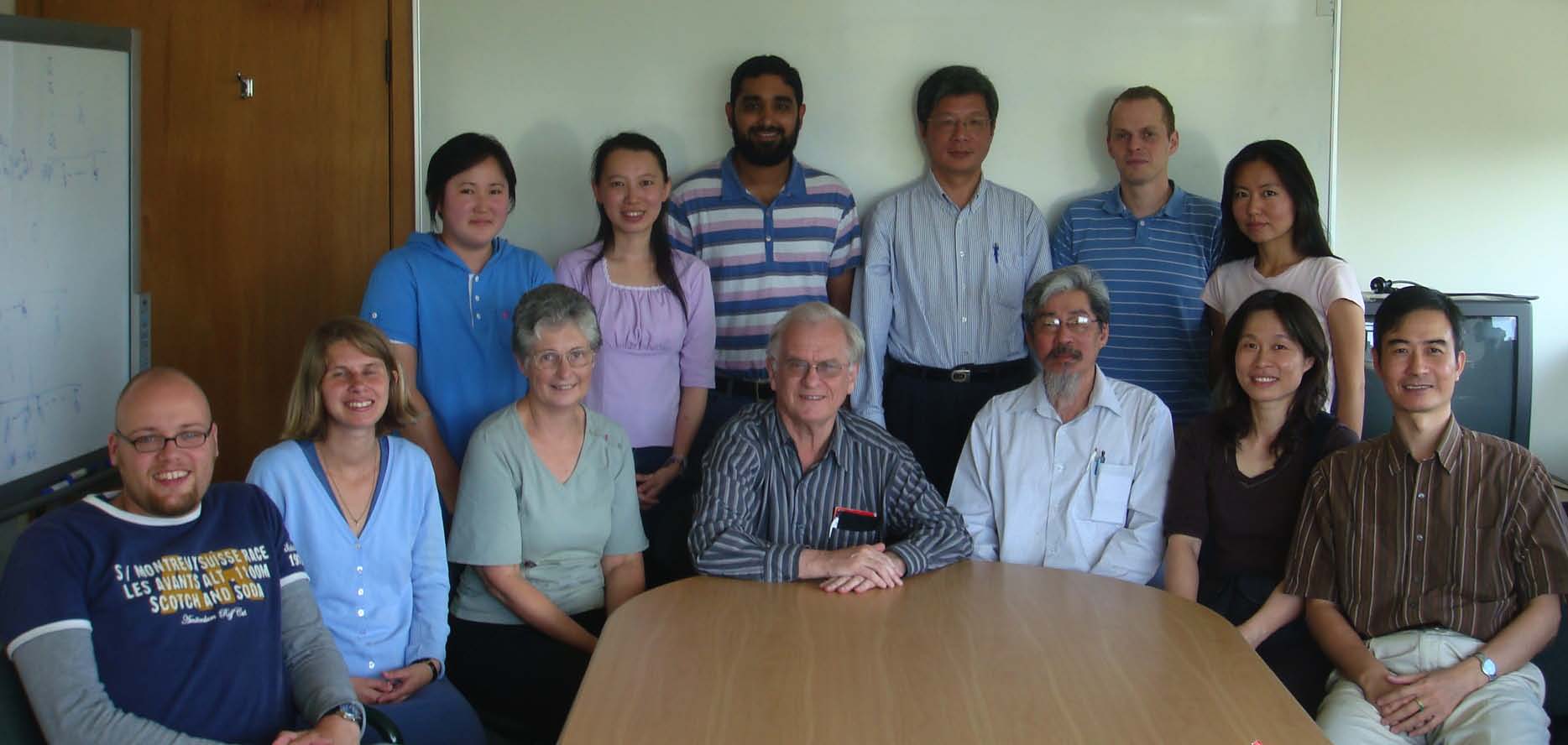

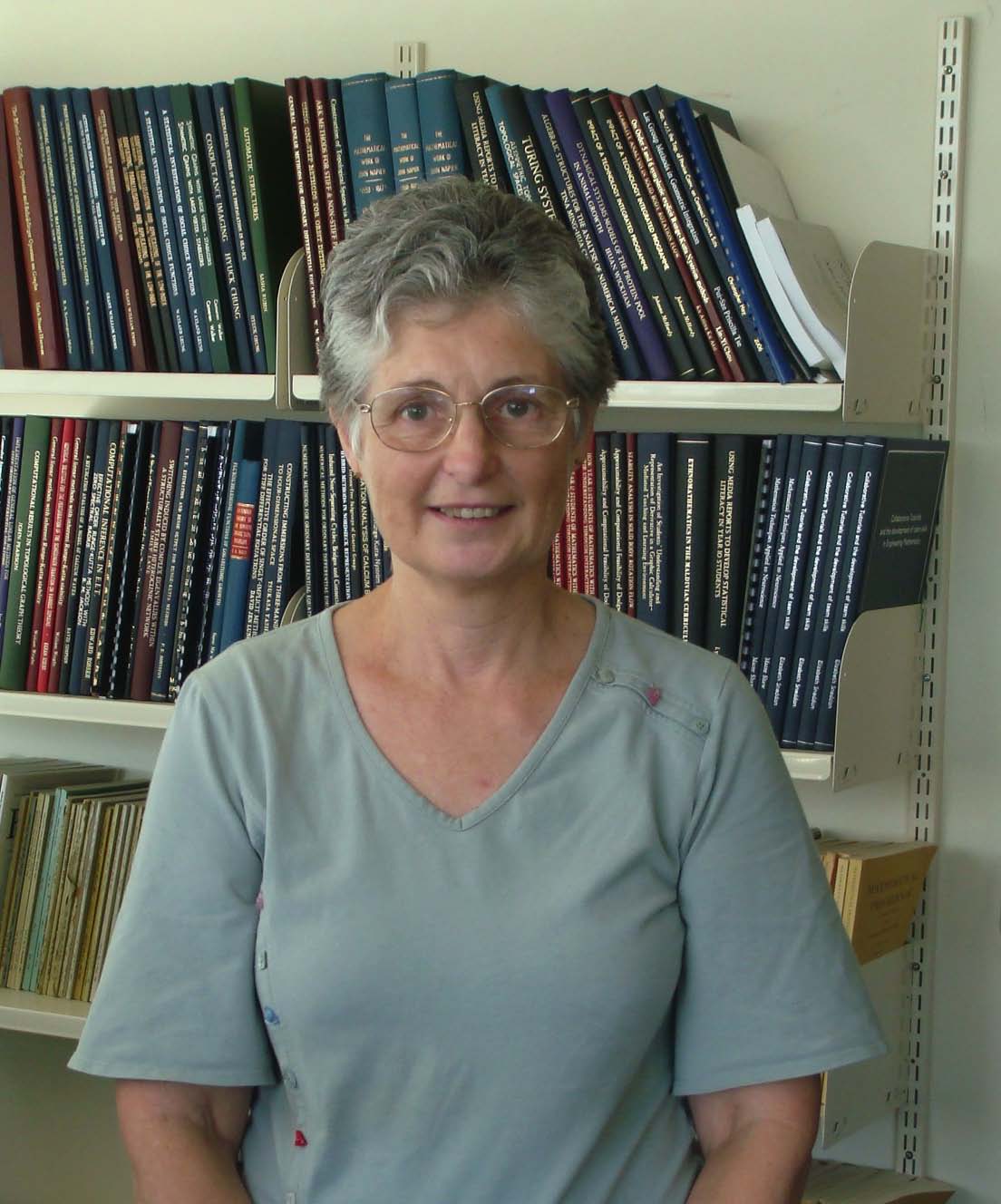 |
Allison: During
my undergraduate degree I found the analytical solution of
differential equations interesting. As part of a graduate
paper
on numerical analysis, taught by John Butcher, we were required to do a
project on a topic of our choice. This seemed a perfect opportunity to
do some work on differential equations. It wasn’t until I was
searching the literature that I discovered that John was prominent in
the area of numerical solutions for ordinary differential
equations. I enjoyed that project and so became interested in
that area of numerical analysis – and interest that continued
while I was a junior lecturer.
John did suggest that I might do a Ph D in numerical analysis but instead I went to Britain on a working holiday, which included office work and teaching in secondary schools. During that time, I became attracted to studying for a Ph D, and spent some time reading Henrici’s book, Discrete Variable Methods in Ordinary Differential Equations. On my return to Auckland, I enrolled in a Ph D with John. Numerical methods for ODEs brings together pure mathematics, in the theoretical basis for methods and their behaviour, and practical applications, since ODEs are widely used in modelling. I find this very satisfying. Since that time, apart from raising a family, I’ve been involved in John’s group at Auckland University. John has been very supportive of me. Working with him means that you have a steady stream of good ideas readily available, as well as someone to help when it is needed. |
|
Robert: I
was lucky to be able to choose what I wanted to study and with whom.
It did not take me long to decide on numerical analysis for my subject
and John Butcher for my supervisor.
I was also fortunate that John was so welcoming that there were no hurdles for me to jump before being accepted. I chose to study with John because he was such an awe-inspiring mathematician and I am so lucky to have the privilege of seeing the development of not only his mathematics but his endearing humanity at first hand. As for my choosing to work on numerical methods for ordinary differential equations, this was undoubtedly the right choice for me and one I have never regretted. |
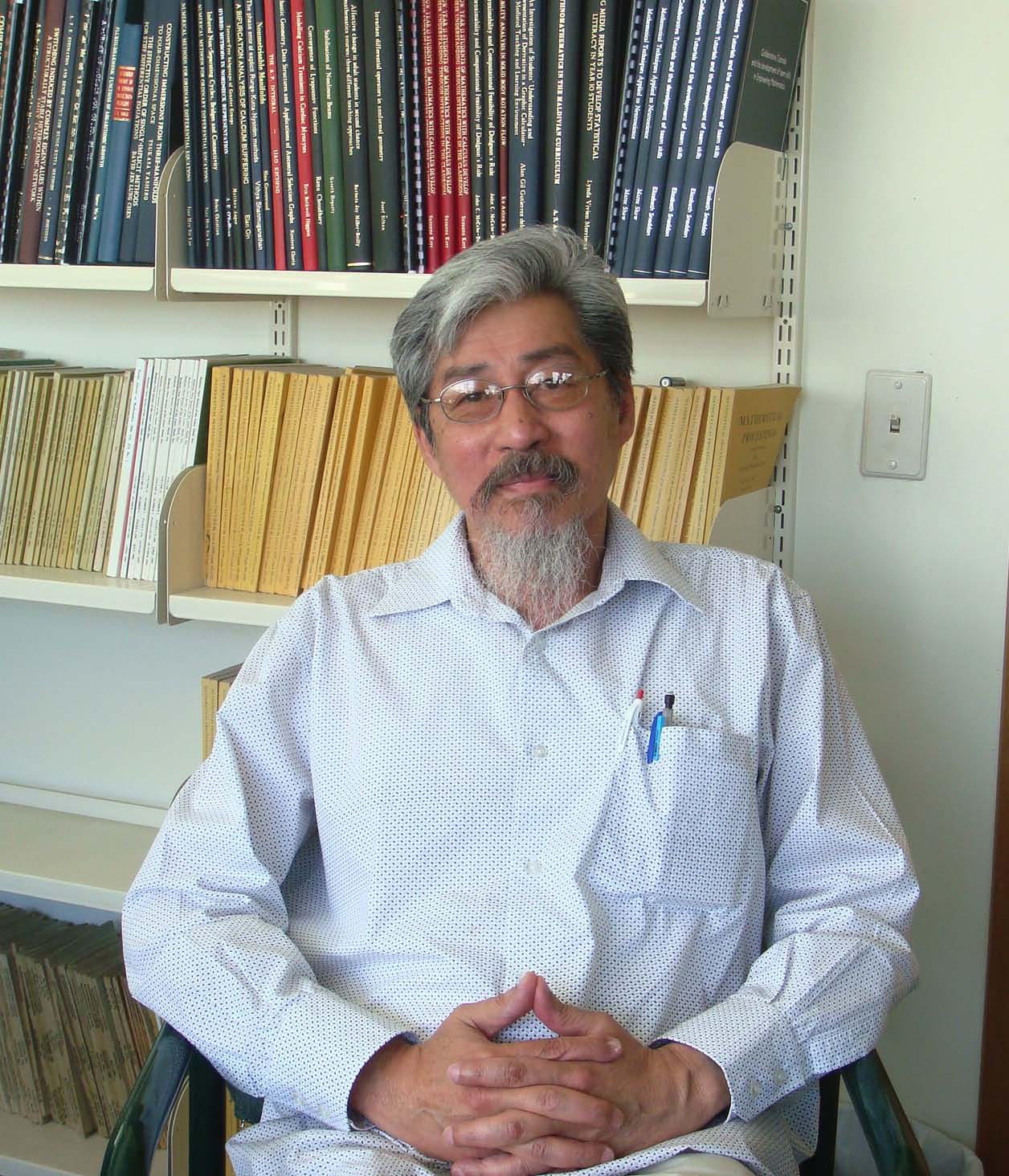 |
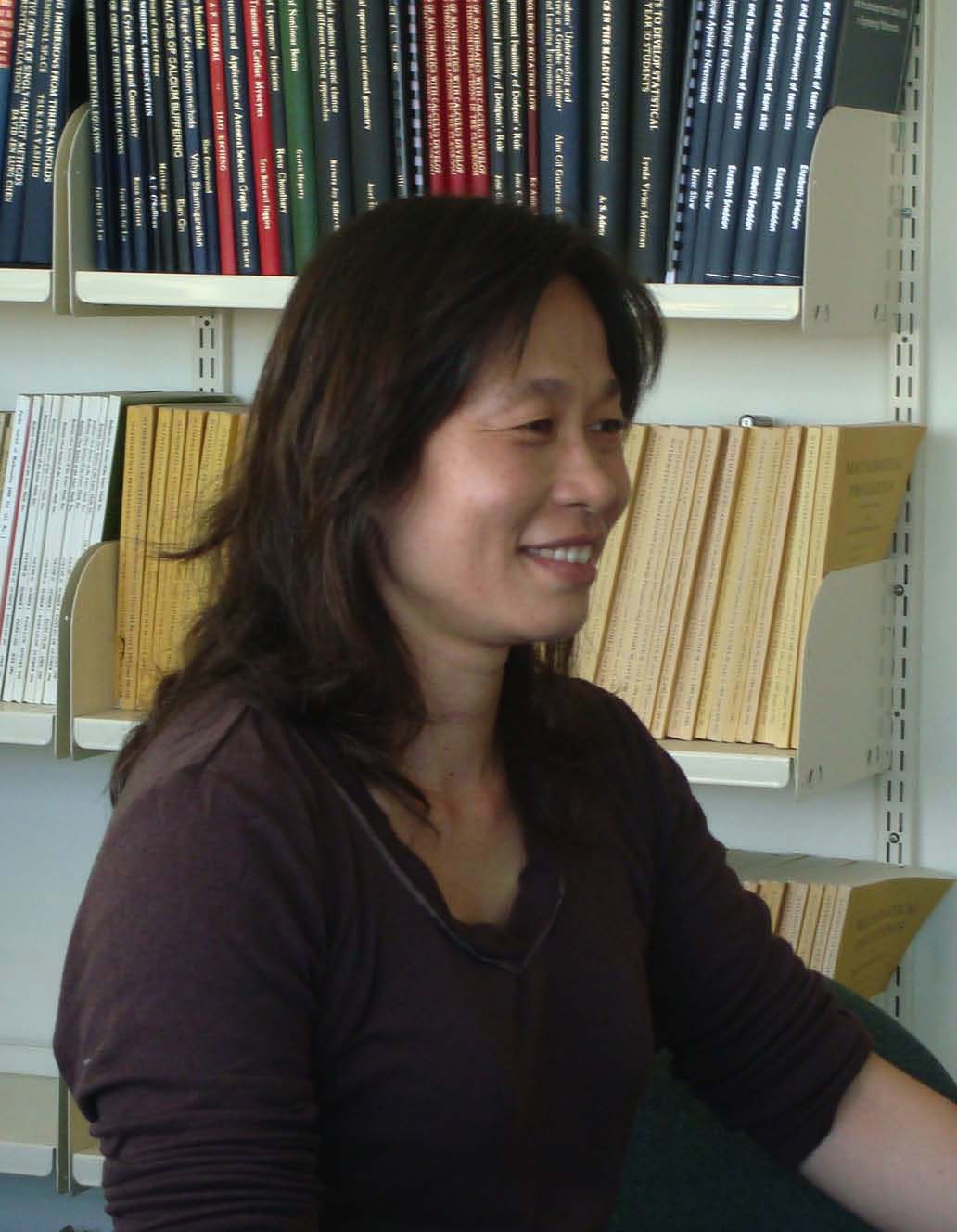 |
Tina: It
was an inspiration to be supervised by a pioneer in this field. I
worked on applications of the Algebraic Theory of Runge-Kutta Methods
and I found the recursive formulation of the group operation to be
particularly interesting. The work was difficult but it was really
worth the effort. Recently Butcher's algebraic structure has
been identified as a Hopf Algebra and it has applications in Physics
and
elsewhere. But even in its original role in numerical analysis, and
through its alternative formulation as B-series, it still has new
applications and generalizations and is still a powerful area of study.
|
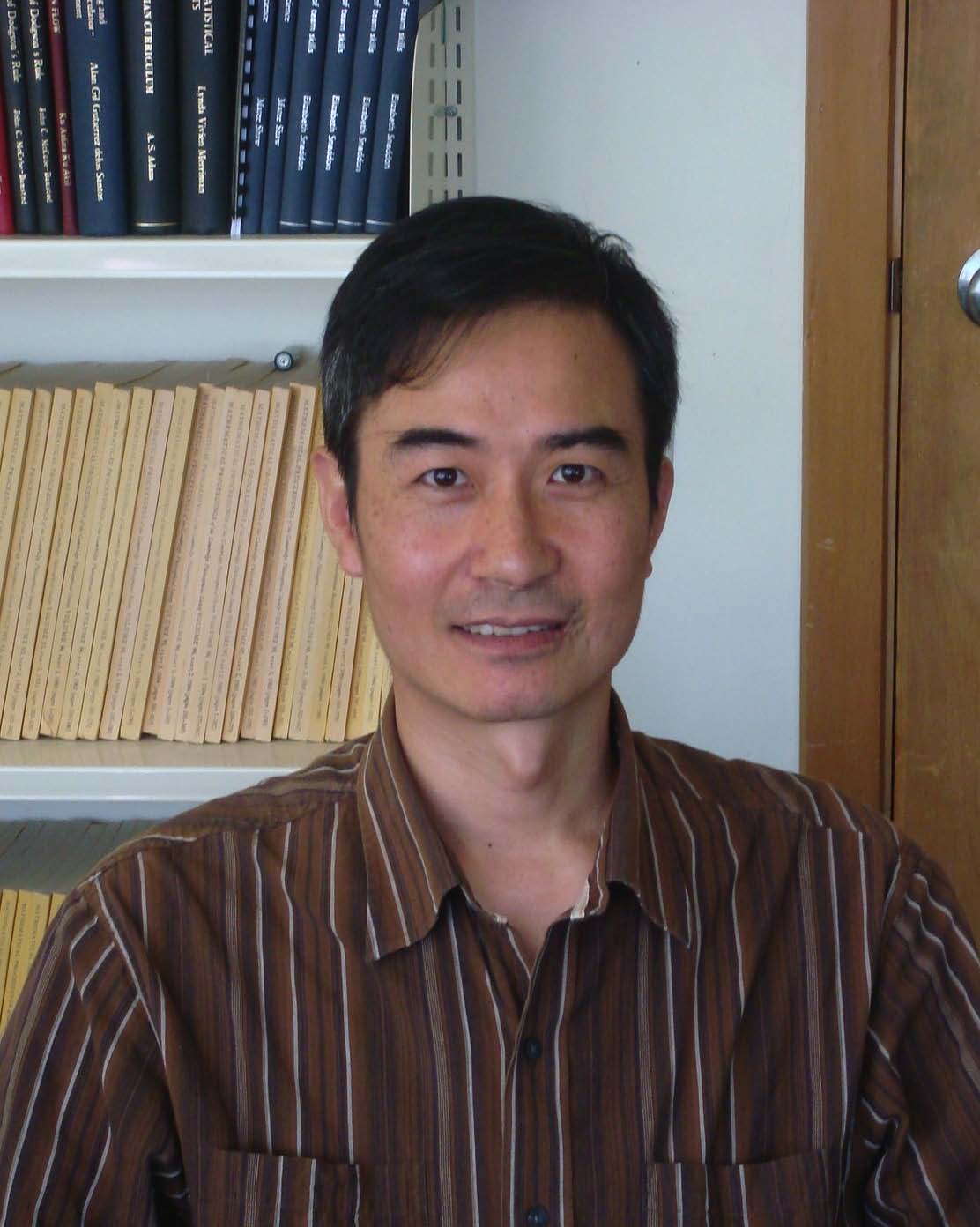 |
David: From
studying this subject, I learn how to simplify some tedious
computing tasks. I also learn programming and computing skills from
doing experiments with some computational software. It is very useful
to have implementation in many fields. In particular, I take the
advantage from staying on the shoulder of a giant.
|
|
Shixiao: In
simulating complex flows such as vortex breakdown and turbulence,
the efficiency of the numerical methods at the heart of the simulation
is the key to success. This is only possible by developing high order
numerical methods. The modern theory of Runge-Kutta methods, based on
the use of trees and originally developed by John Butcher, is at the
very heart of this subject. In my view, this is a must-learn
theory for anyone engaged in the study of complex flows through
computer simulation. My personal experience confirms this: my research
has greatly benefited from learning this beautiful subject.
|
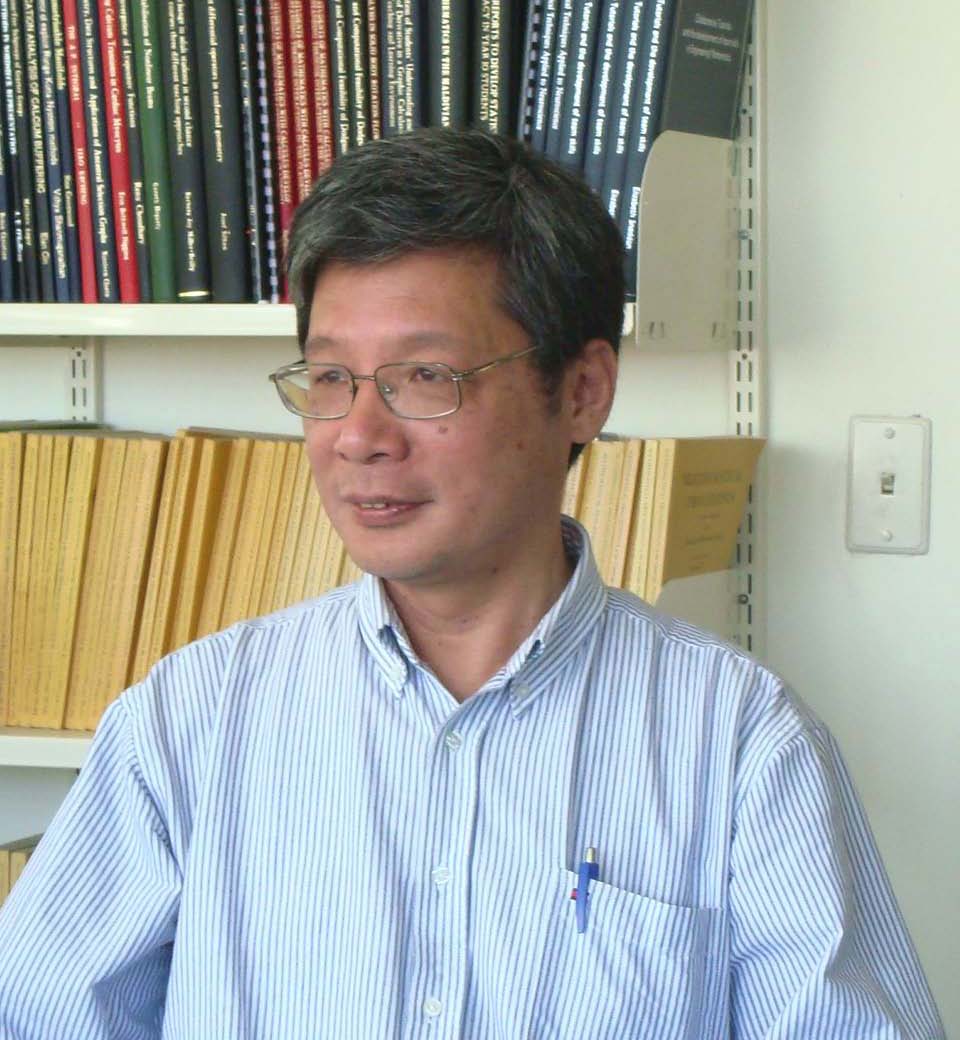 |
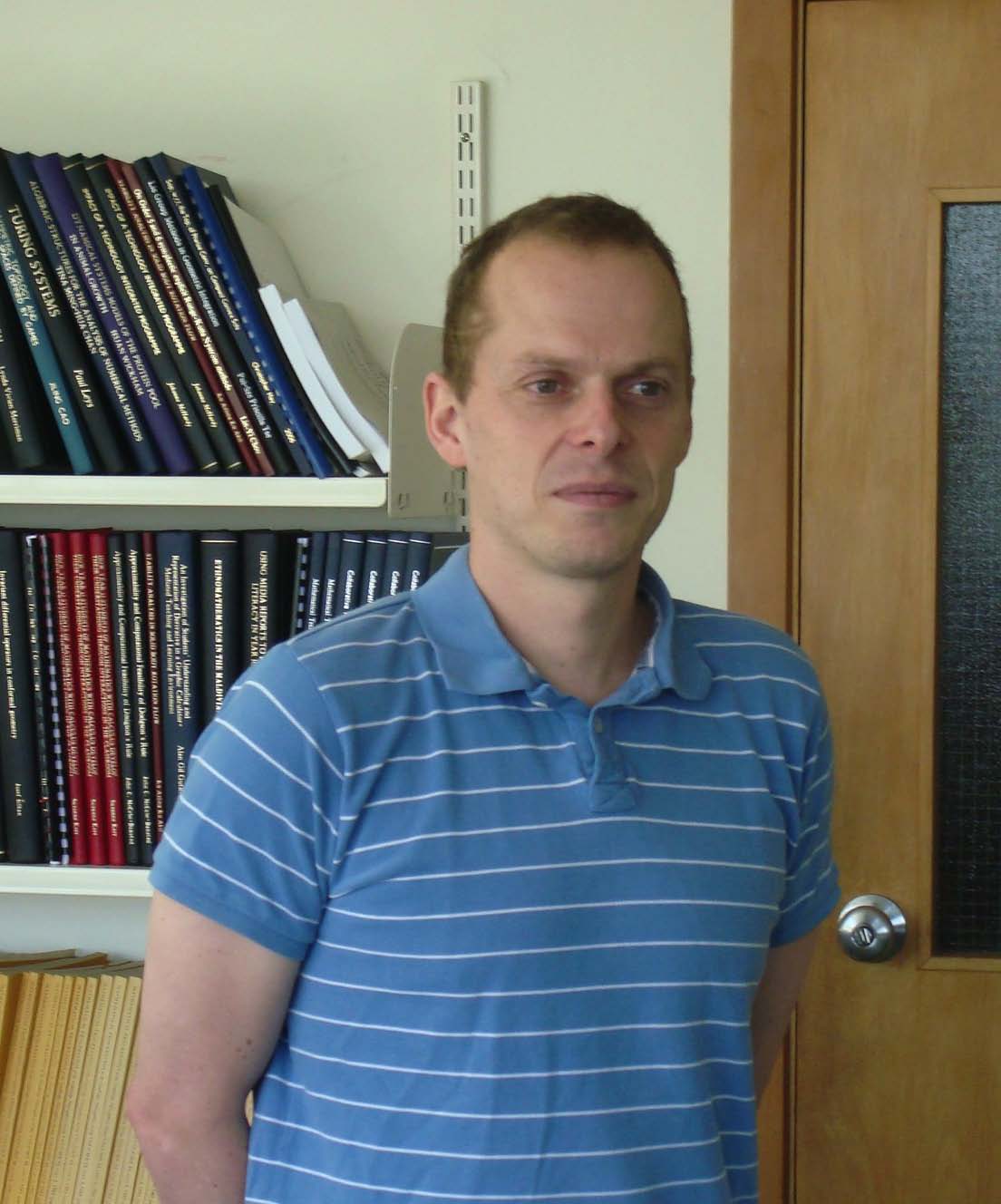 |
Helmut: Prof.
Rüdiger Weiner introduced me to the subject when I
was a undergraduate student at the University of Halle in
1995. Interestingly, this was the year in which the textbook
"Numerik gewöhnlicher Differentialgleichungen", by Strehmel
and Weiner, was published. At that time, I didn't know much about
differential
equations, but I felt that it would be very desirable to join what was
a very active research group.
I soon began to like the subject, because of the combination of computation, analysis and even discrete mathematics which were intrinsic to its study. A very beautiful result, and an impressive example of this diversity, is the connection between rooted trees and the accuracy of numerical methods. |
|
Daniel: I
am fascinated by the theory of differential- and
differential-algebraic equations due to their various applications in
physics, biology, medicine and engineering. But in most cases
modelling alone is not sufficient, and numerical methods are
required. Developing and studying numerical methods to solve
these equations is a very exciting and dynamic area of applied
research. Many different questions and problems from different parts of
mathematics, and even from computer science, have to be solved.
I am glad to be in Auckland with John Butcher, a person who has contributed a great deal to this research. |
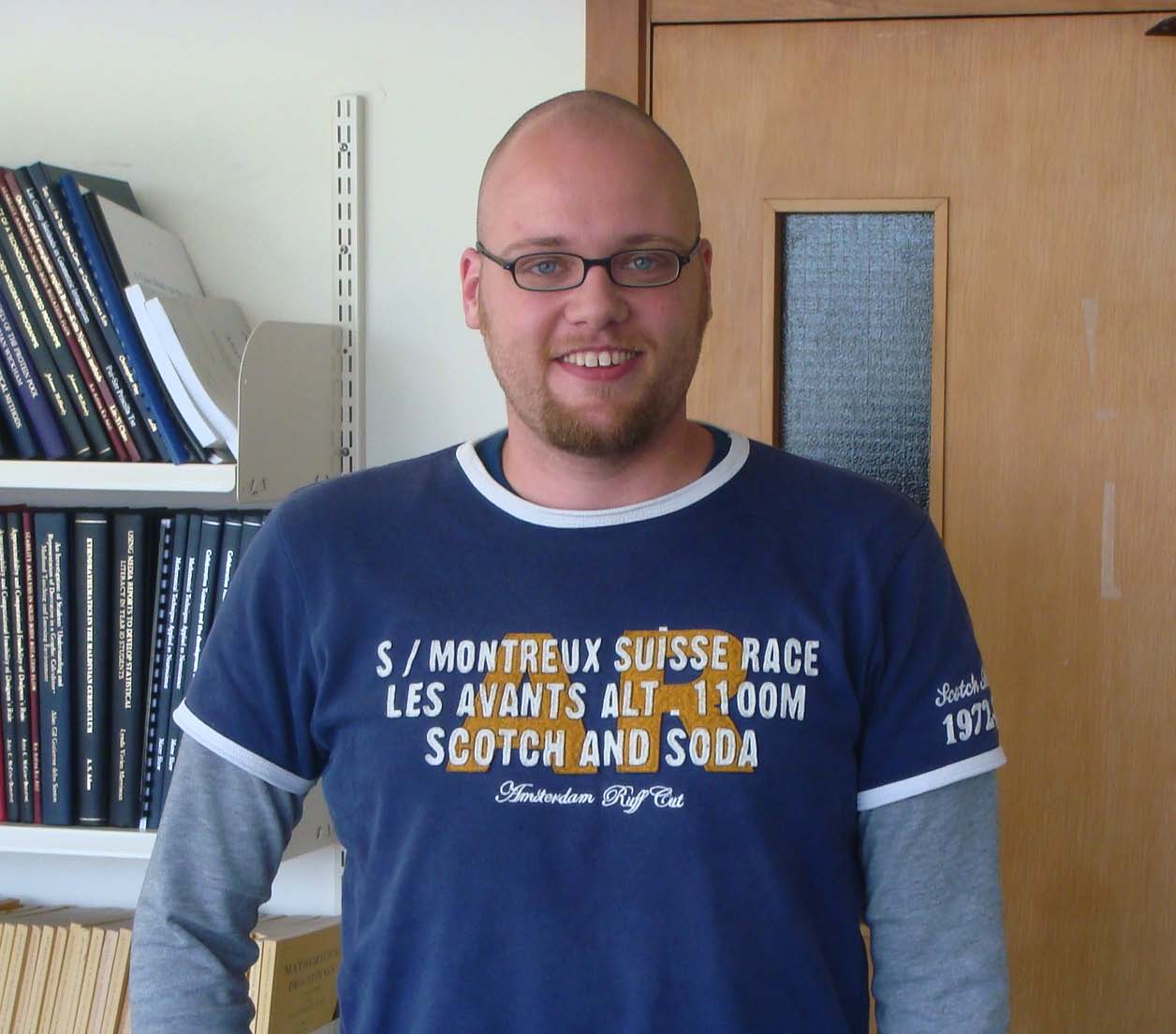 |
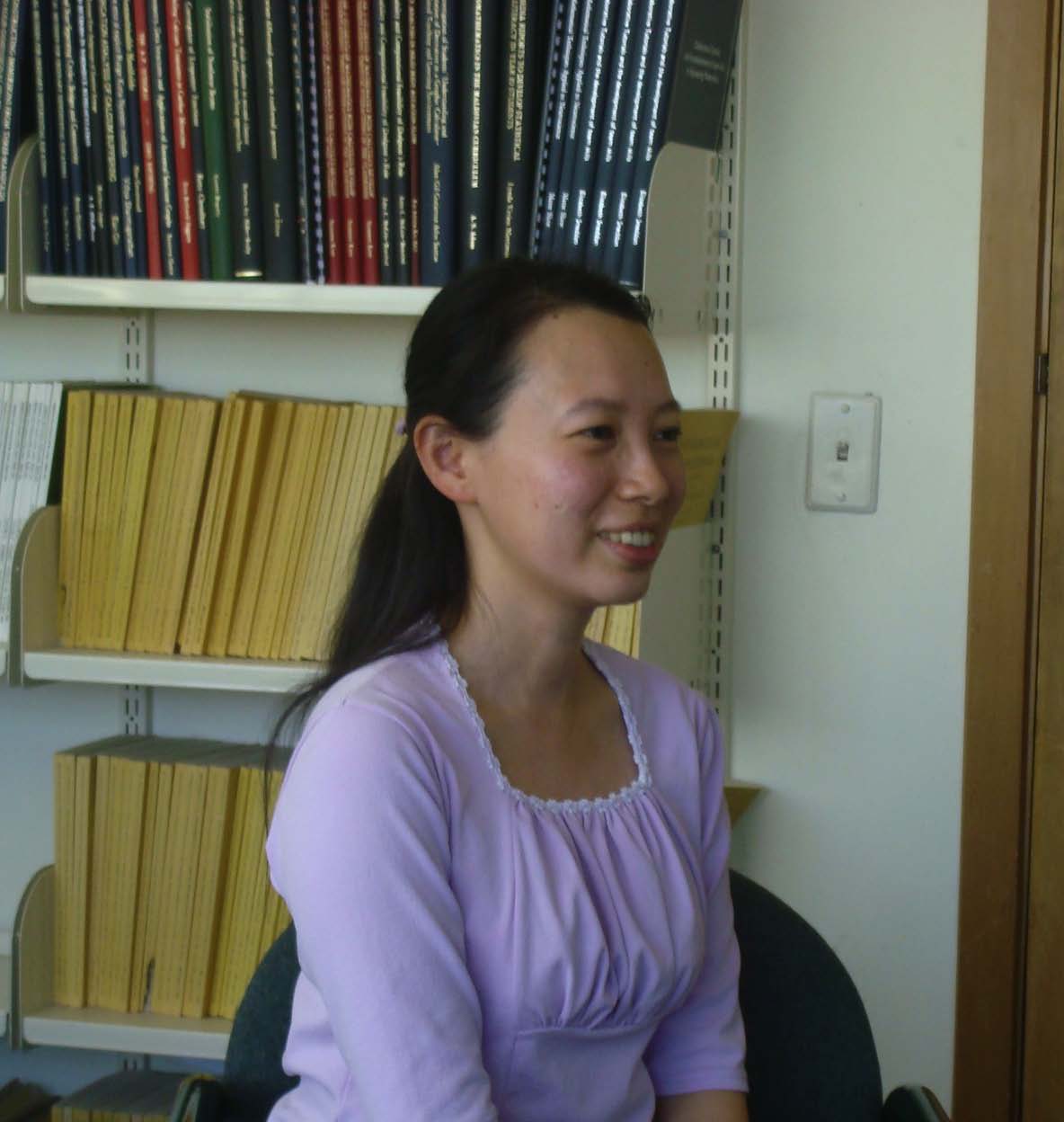 |
Angela: For
me, the door of numerical methods for ODEs was opened by
Robert Chan and John Butcher at the time when I took papers and did a
project as part of my Bachelor of Technology degree in Industrial
Mathematics. It fascinates me that there are so many
different areas of interest in numerical analysis. I enjoy
both
learning the theoretical side of numerical methods and testing them out
on
computer. It's really great meeting and exchanging ideas with
people from different parts of the world, who have come to Auckland as
visitors or to participate in our conferences and workshops.
And of course, we have such a nice group of people, the members in our
group are my 'family away from family'.
|
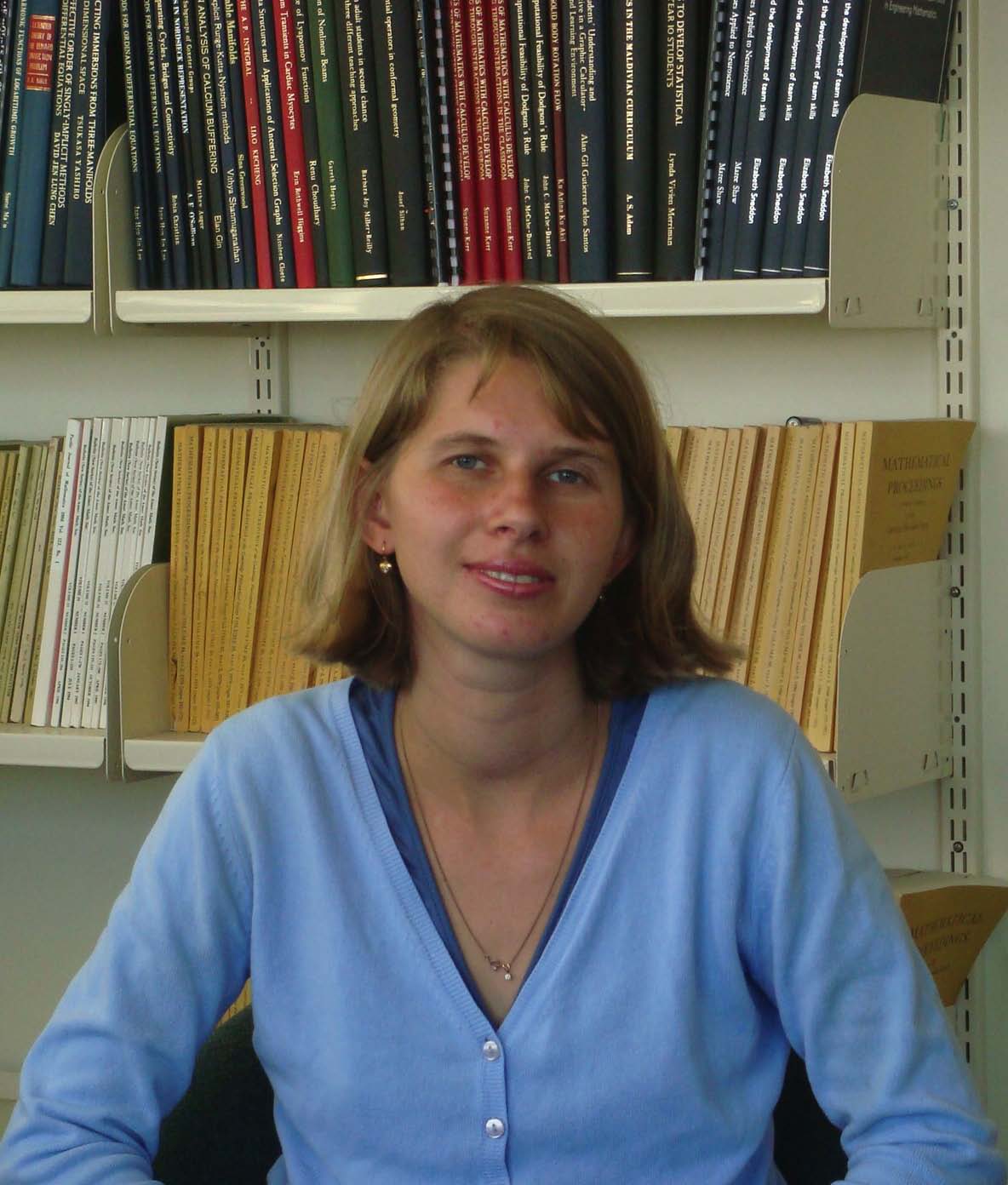 |
Maria: Differential
equations model many useful life processes, and
creating efficient ways of solving them represents scientific
progress. I also enjoy writing programs and making them
work. It is great being a part of the research group that we
have here in Auckland.
|
|
Yousaf: I
was interested in learning about the applications of
Mathematics in the real world. In the final year of my under graduate
study, I took a course on Fluid Mechanics which was wonderfuly taught
by Dr. Rafiq. I had a chance to apply the numerical techniques to the
equations in Fluid Mechanics. That motivated me to explore more about
the field of Numerical Analysis. Later I studied for an advanced
Master's course where I took courses on Slow Viscous Flows and
Computational Fluid Mechanics. I was fortunate to have attended the
course on Advance Numerical Analysis as well. This was a fun and
interesting course taught by Prof. Arieh Iserles. I enjoyed it so much
that I decided to take on my Master thesis with him. I have since been
trying, successfully or unsuccesfully to learn more about the Numerical
Analysis. I am recently working under the guidance of Prof. John
Butcher and I have been able to explore new dimensions in the field of
Numerical ODEs.
|
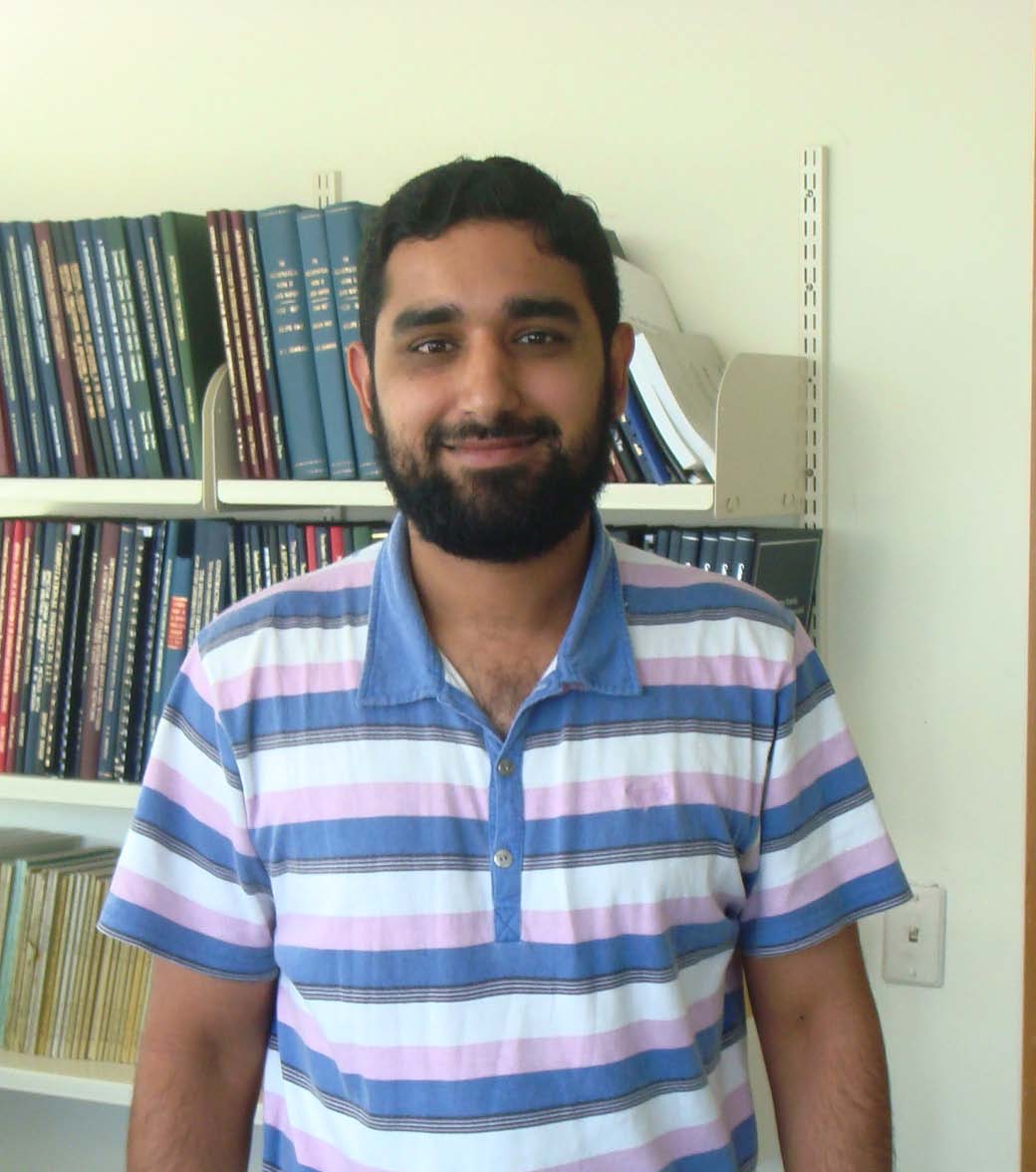 |
|
Jane: I
began my undergraduate studies in physics and soon I realised
how important mathematics is in understanding physics. So, I took more
mathematics papers and I soon became interested in numerical analysis.
It was very exciting to learn different techniques for solving
scientific problems and it was even more fun to test these on the
computer. I had no doubt that this field has an important role
in many science areas, because, these days, computer models and
simulations are used in all fields of scientific research.
During the last year of undergraduate study, I was very fortunate to meet Prof John Butcher as one of lecturers in a numerical methods course. At first, I was simply surprised by the rooted trees and how they represent Runge-Kutta methods but, as time went by, I could see that how the theory of rooted trees covers wider and deeper analysis of numerical methods. So, I decided to carry on my study to master level to learn more about numerical methods for ODEs. Now, I look forward to researching more on this exciting area which is fundamental in a wide range of applications. |
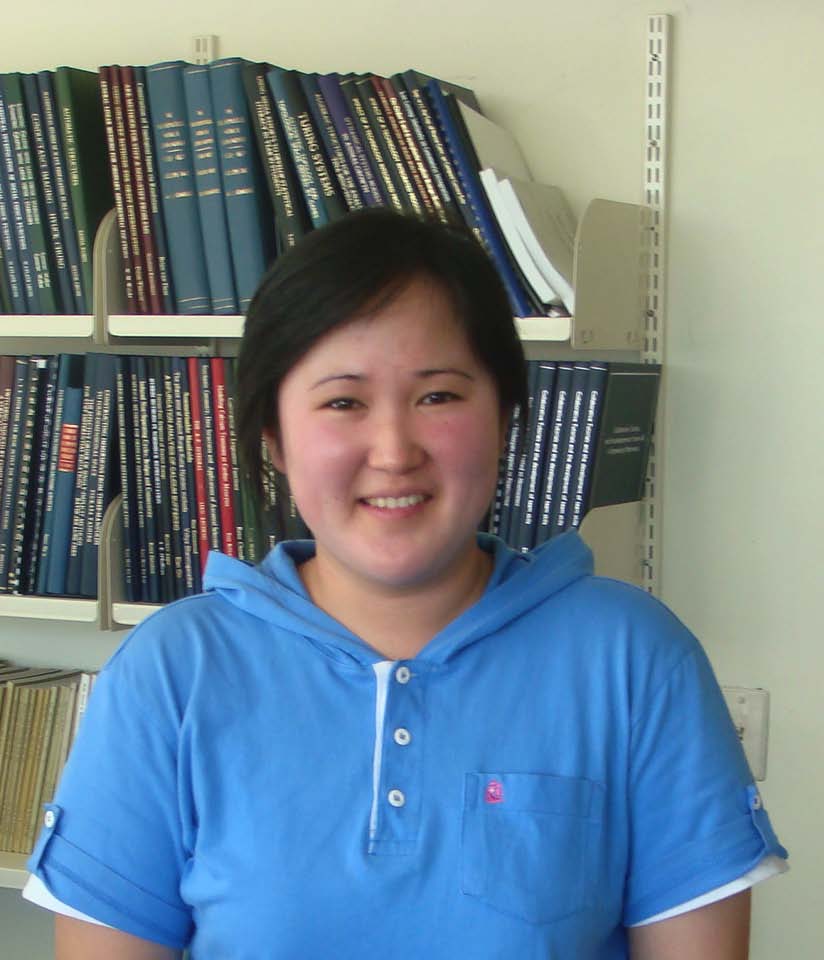 |
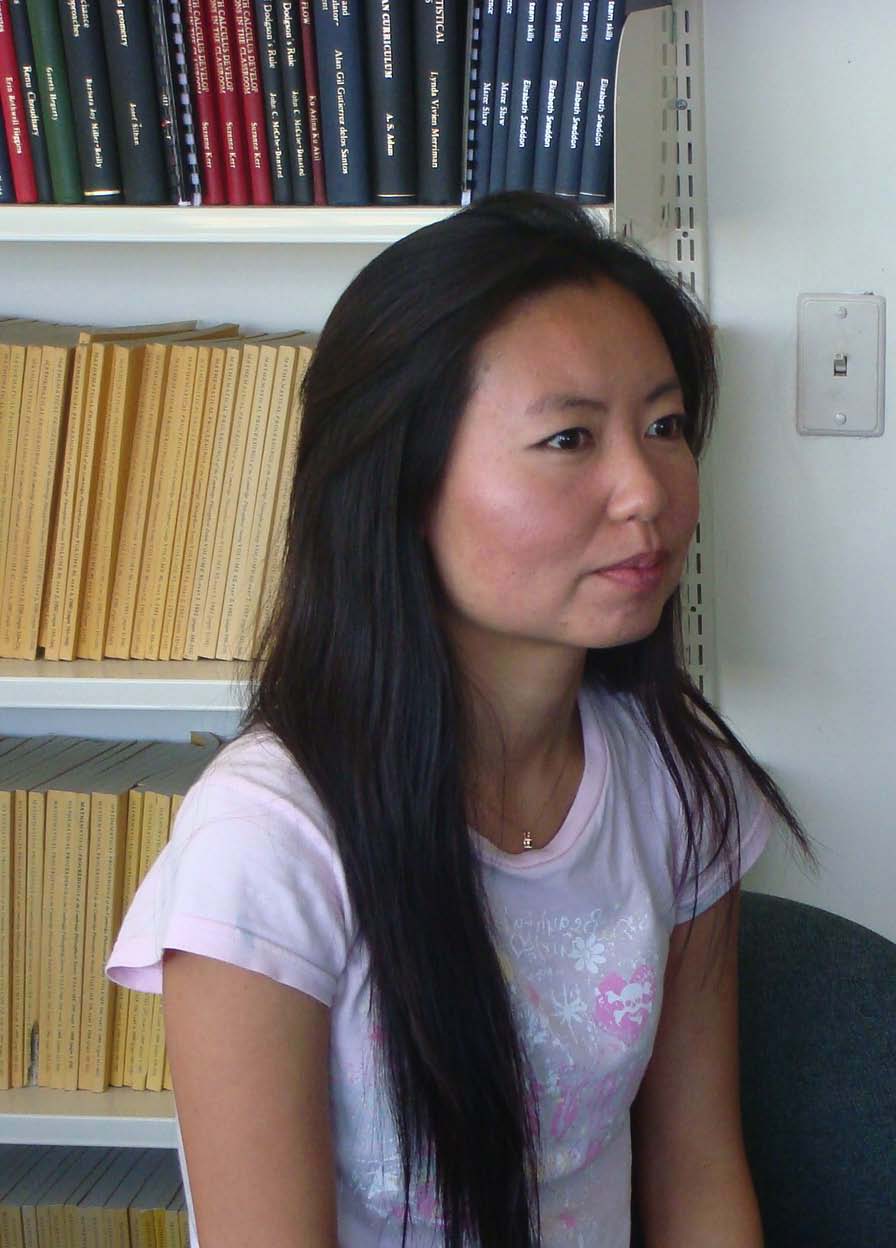 |
Dawoomi: Numerical
Analysis was a key subject for studying applied
mathematics. I took a specialist course in Numerical Analysis
in 2006. I did not have much knowledge about this subject
when I started this course, but I enjoyed working on the higher order
of numerical methods for finding accurate solutions as I began to
understand the subject.
|
|
John: Thank
you all for your answers.
Perhaps I might say how I got into this subject, which I have worked on, in one way or another, as long as almost anyone else in the world. I went to a conference in Australia in 1957 when I was a Physics PhD student. Many famous numerical analysts spoke and I started to understand the beauty and elegance of the subject, as well as its growing importance in the computer age which was dawning at that time. Two of the speakers, S. Gill and H. Merson, had made important contributions to Runge-Kutta methods and this topic and their work especially intrigued me. At that stage of my life I was too shy to talk to either of them but I followed up on some of their ideas and eventually got my 1963 paper published. I realised that Mathematics, and not Physics, was what I should be doing and this is how I have spent most of my time since then. My own knowledge of modern Mathematics was severely limited when I started, but numerical methods for differential equations has been a great place for me to learn more about the varied and beautiful tools used in this subject. |
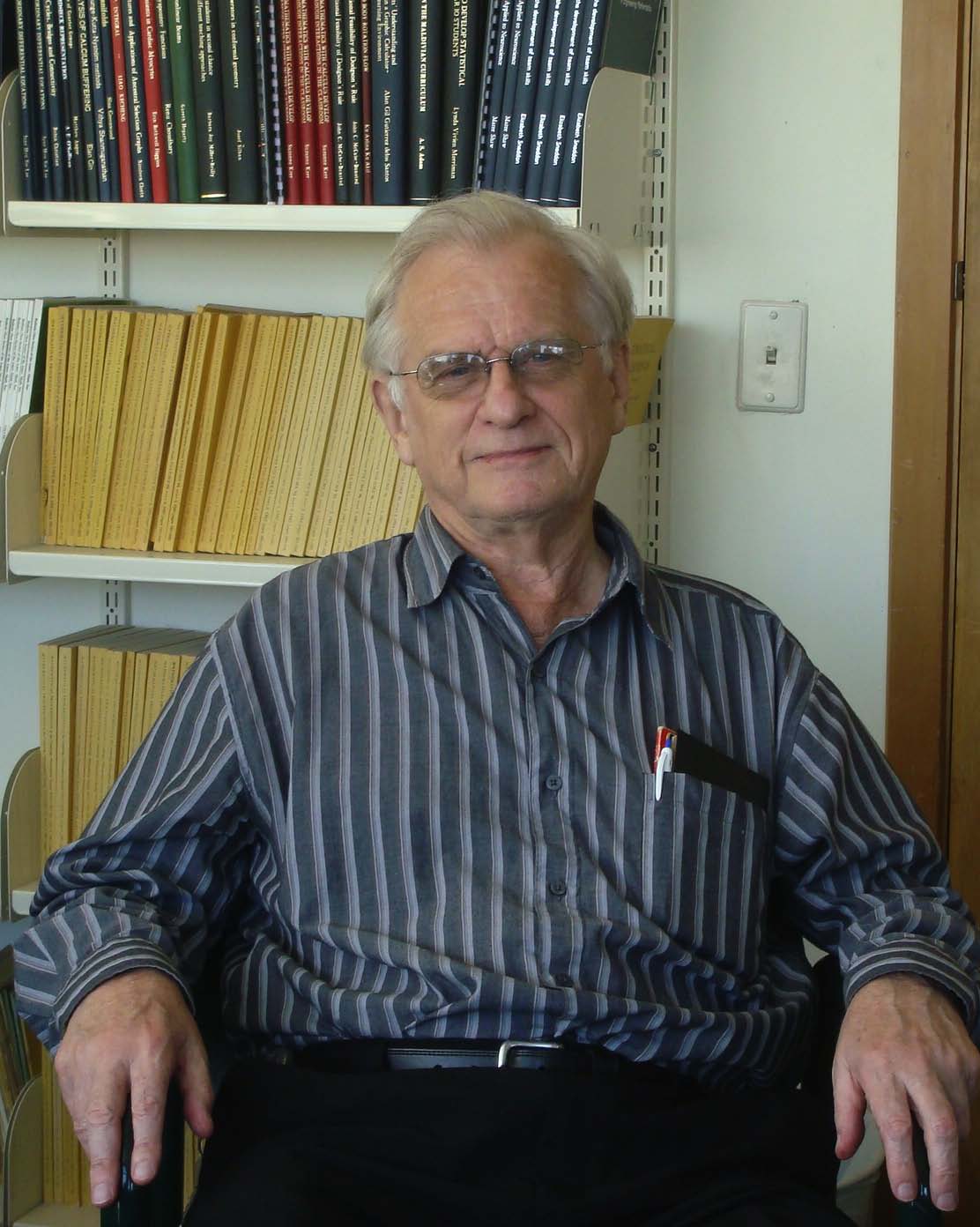 |